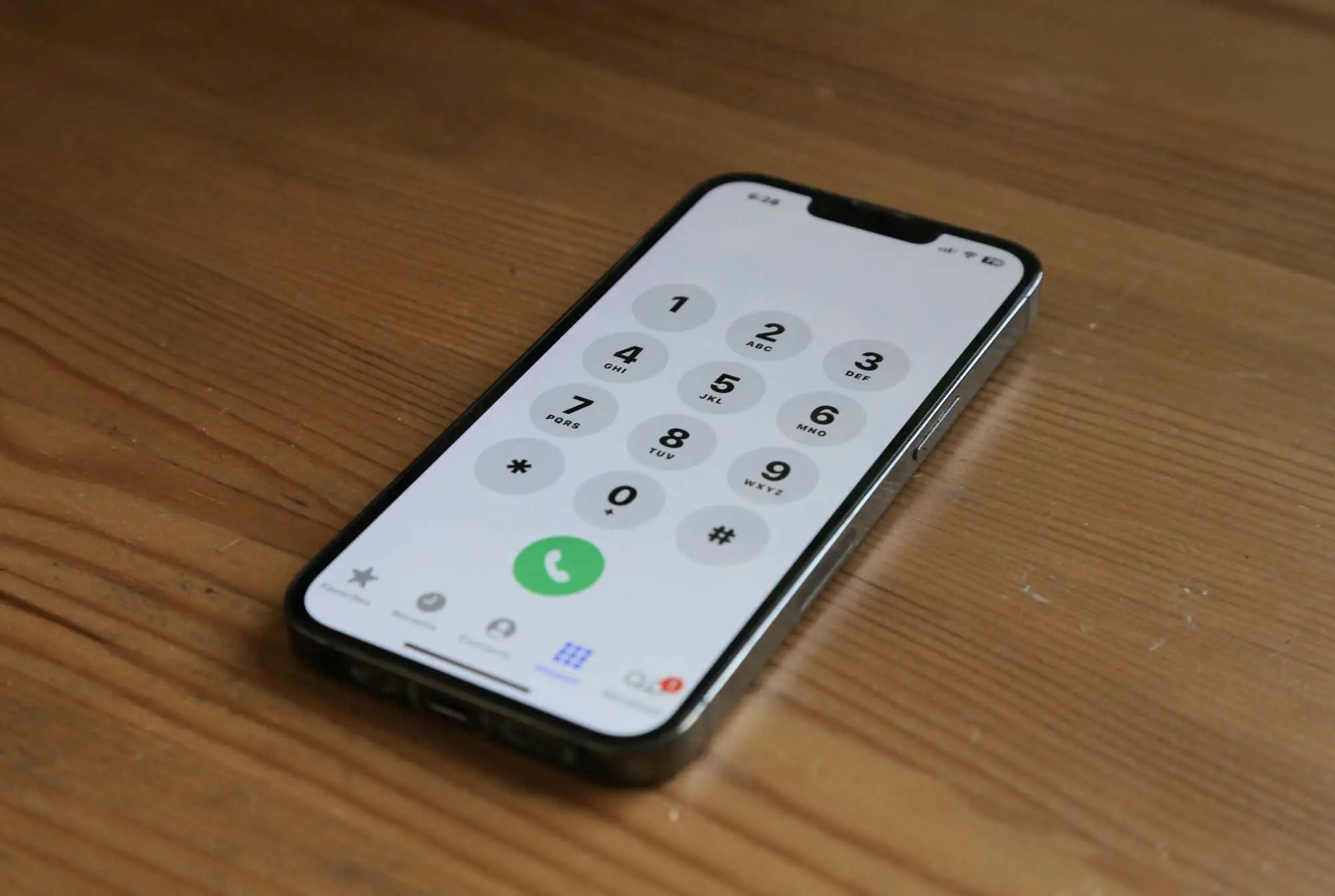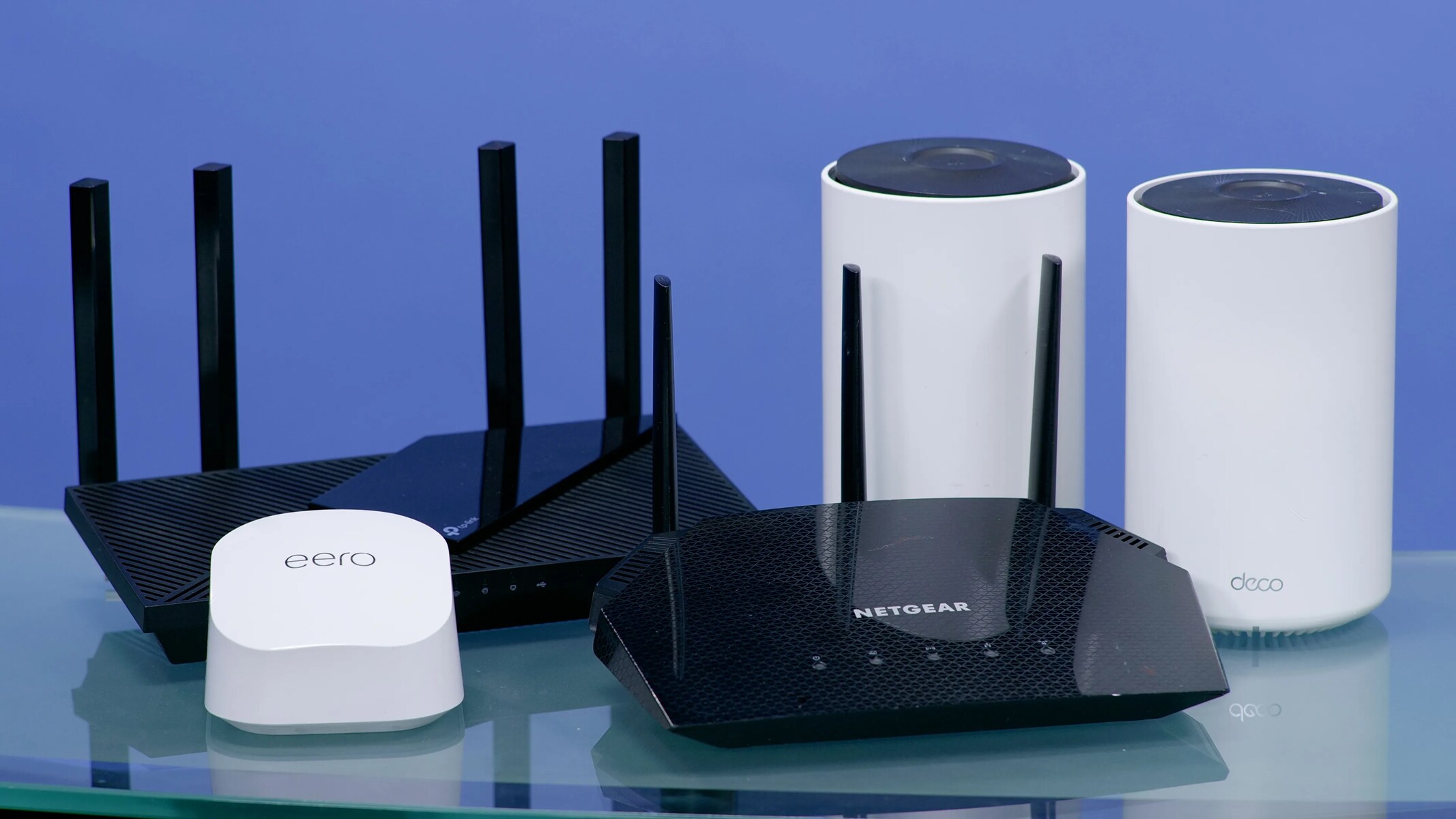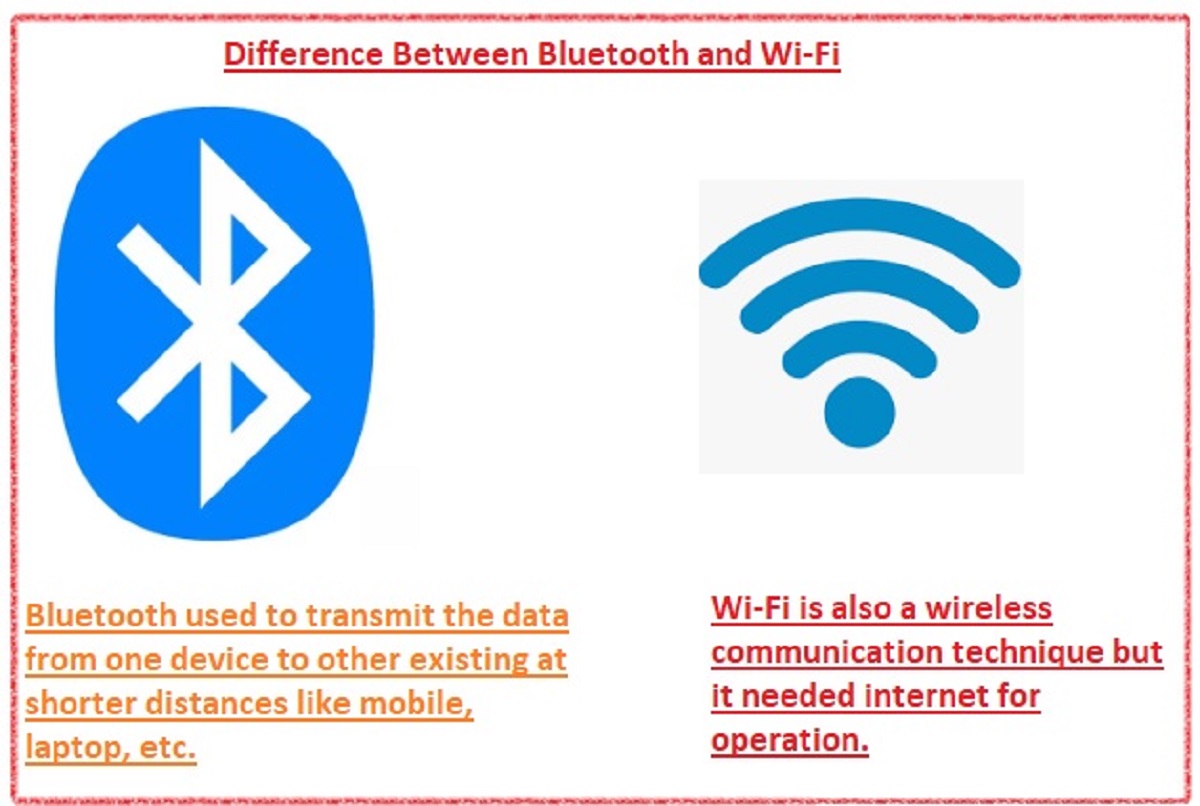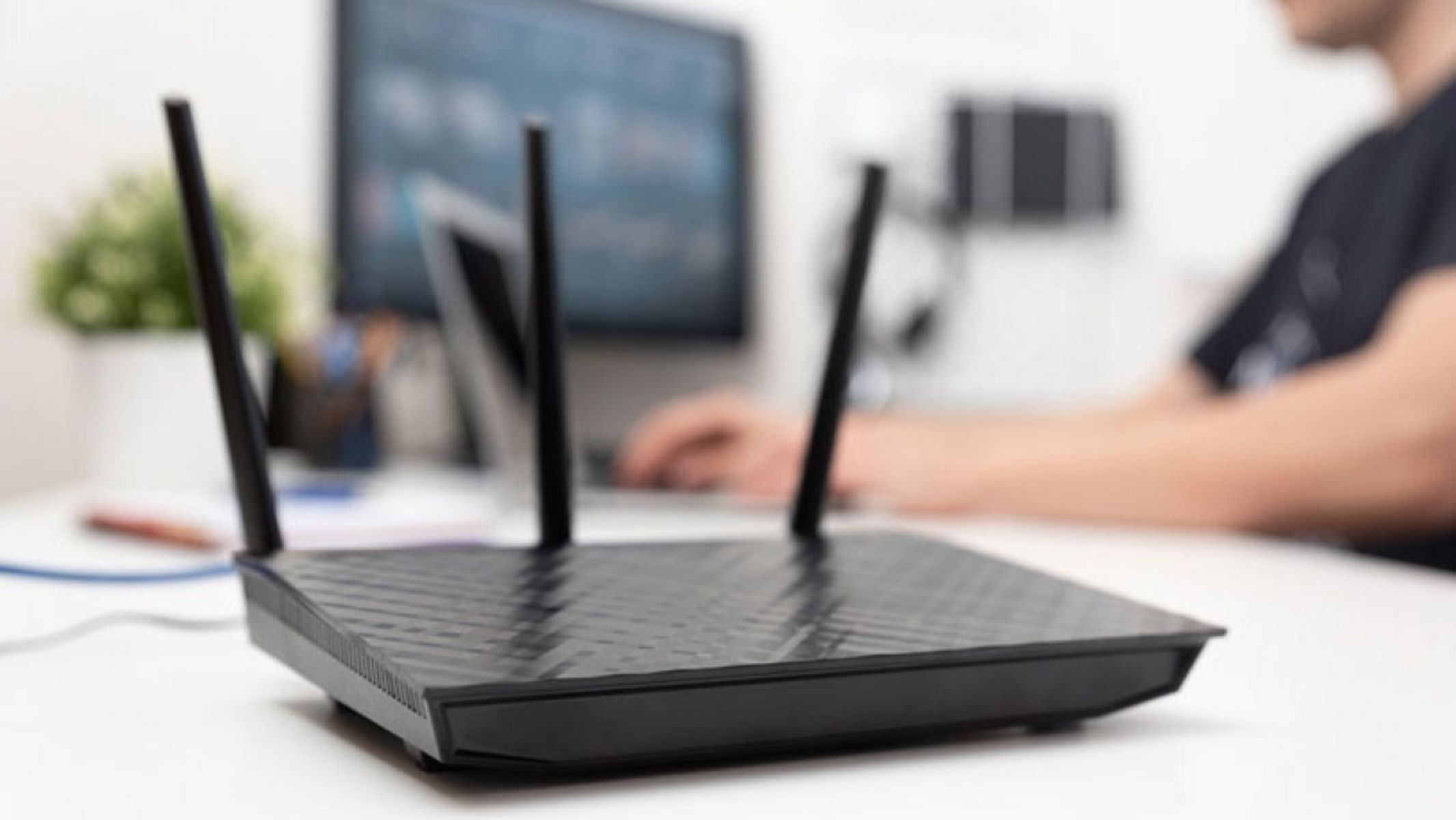Understanding Wireless Numbers
A wireless number, also known as a mobile number or cell phone number, is a unique numerical identifier assigned to a mobile device that enables communication through cellular networks. With the widespread use of mobile phones worldwide, understanding how wireless numbers work is essential in today’s connected world.
Wireless numbers operate using wireless technology, allowing users to make and receive calls, send text messages, and access the internet on their mobile devices. They rely on cellular towers that transmit and receive signals to establish communication connections.
Unlike landline numbers that are tied to a physical address, wireless numbers are associated with the mobile device itself. This gives users the freedom to move around and maintain their phone number regardless of their physical location.
Wireless numbers have a distinct numbering system. The numbering plan varies across different countries and mobile service providers. In most cases, mobile numbers start with a specific prefix or country code, followed by the local area code and subscriber number.
It’s important to note that wireless numbers can be portable, meaning you can switch service providers while keeping the same number. This is made possible through a process called number portability, which allows you to transfer your wireless number from one provider to another.
Wireless numbers play a crucial role in our daily lives, providing us with the ability to stay connected with family, friends, and colleagues. They offer various features and services beyond just making phone calls, such as accessing the internet, using mobile applications, and sending multimedia messages.
Furthermore, wireless numbers have become an integral part of business communication. Many companies and professionals rely on mobile numbers to conduct their operations, enabling them to be reachable at all times and ensuring smooth communication between clients and employees.
However, it’s essential to be aware of the limitations of wireless numbers. They rely on cellular network coverage, which can be affected by factors like geographic location, network congestion, and technical issues. In remote areas or places with weak signal strength, the quality of wireless connections may be compromised.
In summary, understanding wireless numbers is crucial in today’s mobile-centric world. They provide us with the flexibility to stay connected and conduct business on the go. By familiarizing ourselves with the workings of wireless numbers, we can make the most of this technology and ensure seamless communication in our personal and professional lives.
What Is a Wireless Number?
A wireless number, also referred to as a mobile number or cell phone number, is a unique numerical identifier assigned to a mobile device that enables communication through cellular networks. It acts as a personal contact number that allows individuals to make and receive calls, send text messages, and access various mobile services.
When you sign up for a mobile service provider, you are assigned a wireless number that serves as the primary means of contact for others to reach you on your mobile device. This number is specific to your device, allowing you to maintain consistent communication regardless of your location.
Wireless numbers follow a specific numbering plan which varies between countries and service providers. They typically consist of a country code, which indicates the country where the number is registered, followed by an area code and a subscriber number. This combination of digits uniquely identifies your mobile number and distinguishes it from others.
One of the key advantages of wireless numbers is their portability. This means that you can transfer your mobile number from one service provider to another while retaining the same number. Whether you switch providers due to better offers or relocate to a different region, the ability to keep your wireless number ensures that you can maintain consistent contact with your acquaintances.
In addition to voice calls and text messages, wireless numbers allow users to access a range of mobile services. With the advancement of technology, mobile devices have become much more than just communication tools. Users can browse the internet, use various mobile applications, send multimedia messages, and conduct video calls, all using their wireless number as the primary point of contact.
It’s important to note that wireless numbers operate within cellular networks. These networks consist of a network of interconnected cells, each equipped with base stations that transmit and receive signals. When you place a call or send a message, the cellular network ensures that the signal is transmitted to the intended recipient’s device, facilitating communication between parties.
Overall, a wireless number is an essential component of mobile communication. It serves as a unique identifier for your mobile device and enables you to stay connected with others. Understanding the functionality and significance of wireless numbers is crucial in navigating the mobile-centric world we live in today.
How Do Wireless Numbers Work?
Wireless numbers work by utilizing cellular networks to establish communication connections between mobile devices. These networks consist of a network of cells, each covered by a base station or tower that transmits and receives signals.
When you make a call or send a message from your mobile device, it first connects to the nearest cell tower within range. The tower then relays the signal to the mobile service provider’s network. The network routes the call or message to the intended recipient’s device by identifying their wireless number.
To ensure efficient communication, wireless numbers follow a specific numbering plan. This plan varies across different countries and service providers. The numbering system typically starts with a country code, which indicates the country of registration, followed by a local area code and a subscriber number. The combination of these numbers uniquely identifies each wireless number.
When you dial a wireless number, your mobile device sends a signal to the cellular network, which locates the recipient’s device based on their wireless number. The signal is then transmitted through the network to the recipient’s nearest cell tower, and finally, to their device.
Wireless numbers are not tied to a specific physical location like landline numbers. This means that you can use your wireless number to make and receive calls from anywhere within the network coverage area. Whether you are at home, in the office, or on the go, your wireless number allows you to stay connected and communicate with others.
In addition to voice calls, wireless numbers enable a variety of communication methods. You can send and receive text messages, multimedia messages, and even conduct video calls using your wireless number as the primary point of contact. These features have revolutionized the way we communicate, allowing for more versatile and interactive mobile communication.
It’s important to note that wireless numbers can be portable. This means that you can switch mobile service providers while keeping the same wireless number. The process of transferring your number from one provider to another is called number portability. This allows you to take advantage of better plans or services without the hassle of changing your contact information.
In summary, wireless numbers rely on cellular networks to facilitate mobile communication. They provide us with the ability to make calls, send messages, and access various mobile services from anywhere within the network coverage area. Understanding how wireless numbers work allows us to maximize their functionality and stay connected in our mobile-driven world.
Difference between a Wireless Number and a Landline Number
Wireless numbers and landline numbers are two distinct types of phone numbers that serve different purposes and operate on different technology. Understanding the differences between these two types of numbers can help clarify their usage and functionalities.
A wireless number, also known as a mobile number or cell phone number, is associated with a mobile device and allows users to make and receive calls, send text messages, and access various mobile services. These numbers rely on cellular networks and are not tied to a fixed physical location. Users can carry their mobile devices with them and use their wireless number from anywhere within the network coverage area.
In contrast, a landline number is associated with a specific physical location and is typically provided by a traditional telephone service provider. Landline numbers are connected to a physical phone line, usually installed at a residential or business location. They are used for voice calls and often come bundled with additional services such as internet access.
One of the primary differences between wireless numbers and landline numbers is their portability. Wireless numbers can be transferred from one mobile service provider to another, allowing users to keep their number even if they switch providers. This flexibility gives users the freedom to choose the provider that offers the best services and pricing. On the other hand, landline numbers are usually tied to the physical location and cannot be easily transferred when changing service providers or moving to a new address.
Another difference lies in the technology used to transmit calls. Wireless numbers utilize cellular networks, which rely on wireless communication technologies like GSM, CDMA, or LTE. These networks use radio frequencies to transmit signals between mobile devices and cellular towers. In contrast, landline numbers use traditional copper wires or newer technologies like fiber optic cables to carry voice signals over a physical connection.
Cost is also a differentiating factor between wireless numbers and landline numbers. Wireless services are usually subscription-based, with users paying for a package that includes voice calls, messaging, and data. Landline services, on the other hand, often charge per-minute rates for local and long-distance calls, in addition to a basic monthly service fee.
Furthermore, wireless numbers offer the convenience of mobility. Users can take their mobile devices with them on the go and stay connected while traveling or out of the office. Landline numbers, as they are tied to a fixed physical location, limit communication to that specific address and require additional steps, such as call forwarding, to ensure calls are redirected to a different location.
In summary, the main differences between wireless numbers and landline numbers lie in their portability, technology used, cost structure, and mobility. While wireless numbers are associated with mobile devices and provide flexibility and mobility, landline numbers are tied to a fixed location and offer traditional voice services. Understanding these distinctions allows users to choose the most suitable option for their communication needs.
The Benefits of Wireless Numbers
Wireless numbers, also known as mobile or cell phone numbers, offer a range of benefits that have transformed the way we communicate. Understanding these benefits can help us harness the full potential of wireless numbers in our personal and professional lives.
One of the key advantages of wireless numbers is their portability. Unlike landline numbers that are tied to a fixed physical location, wireless numbers can be transferred from one mobile service provider to another. This means that even if you switch providers or move to a different area, you can keep the same wireless number, eliminating the need to notify contacts of your new contact information.
Wireless numbers provide us with unmatched mobility. With your mobile device and wireless number, you can stay connected wherever you go within the network coverage area. Whether you’re traveling, commuting, or on-the-go, the ability to make and receive calls, send messages, and access mobile services ensures that you are always reachable.
Wireless numbers offer a wide range of features and services beyond voice calls. With mobile devices, we can send and receive text messages, multimedia messages, and even conduct video calls using our wireless numbers as the primary point of contact. Mobile applications, internet browsing, and accessing emails are also made possible through wireless numbers, allowing us to stay connected and productive while on the move.
Another benefit of wireless numbers is the flexibility and choice they provide. With multiple mobile service providers competing in the market, users can choose the one that offers the best coverage, pricing, and services. This allows us to personalize our mobile experience and select the provider that aligns with our communication needs and preferences.
Wireless numbers have become essential in business communication. They enable professionals to maintain constant contact with clients, colleagues, and stakeholders, regardless of their physical location. Mobile devices equipped with wireless numbers ensure that important calls and messages are never missed, allowing for swift and efficient communication.
Additionally, wireless numbers promote safety and peace of mind. In emergencies or urgent situations, having a mobile device with a wireless number ensures that you can quickly and easily reach out for help or assistance. It provides a sense of security, knowing that you can contact others or access emergency services whenever needed.
Furthermore, wireless numbers have contributed to the advancement of remote and flexible work arrangements. With the ability to make and receive calls, send messages, and access mobile services, individuals can work from anywhere and maintain seamless communication with colleagues and clients. This freedom and flexibility have revolutionized the way we work, allowing for increased productivity and work-life balance.
In summary, wireless numbers offer a multitude of benefits ranging from portability and mobility to flexibility and enhanced communication features. They have become an integral part of our personal and professional lives, connecting us with others and empowering us to stay productive and accessible on-the-go. Understanding and harnessing the power of wireless numbers allows us to make the most of this technology and enjoy its countless benefits.
The Limitations of Wireless Numbers
While wireless numbers offer numerous benefits, it is important to be aware of their limitations. Understanding these limitations can help manage expectations and make informed decisions regarding communication options.
One limitation of wireless numbers is their reliance on cellular network coverage. Wireless numbers operate within the reach of cellular towers, and signal strength can vary depending on geographic location and network infrastructure. In remote or rural areas, where cellular coverage may be limited, the quality of wireless connections may be compromised or unavailable.
Another limitation is the potential for network congestion, especially in densely populated areas or during peak usage hours. Heavy traffic on cellular networks can result in reduced call quality, delayed text messages, and slower data speeds. This can be especially challenging for individuals who rely heavily on wireless numbers for business communications or time-sensitive interactions.
Battery life is also a limiting factor for wireless devices. The constant use of wireless services, such as making calls, sending messages, and using internet applications, can drain the battery quickly. This necessitates regular charging or the need to carry portable power banks to ensure continued accessibility and communication.
Wireless numbers are not immune to the risks associated with cybersecurity and privacy. Mobile devices can be vulnerable to hacking attempts, malicious software, or the unauthorized access of personal data. It is important to take appropriate measures such as using strong passwords, enabling device security features, and being cautious when using public Wi-Fi networks to protect sensitive information.
Emergency services may face limitations when wireless numbers are used to dial emergency numbers. In some cases, emergency dispatchers may have limited access to location information compared to landline numbers. It is crucial to provide accurate information about your location when making emergency calls using a wireless number.
Lastly, wireless numbers may incur additional charges for international calling and roaming services. When using a wireless number outside of your home country or network coverage area, you may be subject to international calling fees or roaming charges. It is important to review your mobile service provider’s policies and plans to understand the potential costs associated with using your wireless number abroad.
Understanding these limitations allows users to manage their expectations and make informed decisions when it comes to relying on wireless numbers for communication. By being aware of potential challenges, individuals can implement strategies to mitigate the impact of these limitations and ensure a smooth and reliable communication experience.
How to Get a Wireless Number
Getting a wireless number, also known as a mobile number or cell phone number, is a straightforward process that allows you to take advantage of mobile communication services. Here are the steps to obtain a wireless number:
– Research and Choose a Mobile Service Provider: Start by researching different mobile service providers in your area. Consider factors such as coverage, pricing, plans, and customer reviews to determine the best provider for your needs.
– Select a Plan: Once you have chosen a mobile service provider, review their available plans. Consider your communication needs, including the amount of data, text messages, and voice minutes required. Select a plan that aligns with your usage and budget.
– Visit the Provider’s Retail Store or Website: Visit a physical retail store of the mobile service provider or their website to initiate the process of obtaining a wireless number. If visiting in person, bring a valid form of identification, such as your driver’s license or passport, as it may be required for verification.
– Provide Information for Registration: At the store or on the provider’s website, you will be asked to provide personal information, such as your full name, address, date of birth, and social security number. This information is required for account creation and registration.
– Choose a Device: If you do not already have a mobile device, you will have the opportunity to select one from the provider’s available options. Consider factors such as brand, model, features, and price when choosing a device.
– Complete the Activation Process: Once you have provided the necessary information and selected a device, the mobile service provider will activate the wireless number for you. This process may involve inserting a SIM card into your device, configuring settings, and verifying your account.
– Set Up and Customize Your Wireless Number: Once your wireless number is activated, take time to customize your preferences. Set up voicemail, choose a ringtone, and configure any additional features offered by your service provider.
– Test Your Wireless Connectivity: Ensure your device is connected to the cellular network and test your wireless connectivity. Make a test call or send a text message to confirm that your wireless number is functioning as expected.
By following these steps, you can obtain a wireless number and start enjoying the benefits of mobile communication. Remember to compare plans and providers, as well as consider your usage needs, to ensure you select the most suitable option for your communication requirements.
How to Port Your Number to a Wireless Service Provider
If you already have a phone number that you would like to keep, you can easily transfer it to a new wireless service provider. This process, known as number porting, allows you to maintain your existing phone number while enjoying the benefits of a new wireless service. Here’s how to port your number:
– Research Potential Wireless Service Providers: Start by researching different wireless service providers to find one that offers the features, coverage, and pricing that meet your needs. Check if the provider supports number porting and ensure they offer services in your area.
– Contact the New Wireless Service Provider: Reach out to the new wireless service provider and inform them that you would like to port your existing phone number to their network. They will provide you with the necessary information and guidance to initiate the porting process.
– Gather Your Current Account Information: Retrieve your current account details from your existing service provider. This typically includes your account number, billing address, and any account PIN or password required for verification. Contact your current provider to obtain this information if you don’t have it readily available.
– Provide the Requested Information: Provide the new wireless service provider with the requested information, including your current phone number, account details, and any required identification or verification documents.
– Verify Eligibility and Compatibility: The new wireless service provider will verify if your current number is eligible for porting and if it is compatible with their network. They may also confirm any outstanding financial obligations or contract terms with your current provider to ensure a smooth transition.
– Complete the Necessary Forms: Fill out any required forms provided by the new wireless service provider accurately and thoroughly. This may include an authorization letter to transfer your number and release it from your current provider’s control.
– Activate Your New Wireless Service: Once the porting process is initiated, the new wireless service provider will guide you on how to activate your new wireless service. This may involve purchasing a new device or updating the settings on your existing device to connect to their network.
– Wait for the Porting Process: The porting process typically takes a few hours to a few business days to complete, depending on the complexity of the transfer. During this time, it is important to keep your current service active until the transfer is fully processed.
– Test Your Number on the New Network: Once the porting process is complete, test your number by making calls and sending messages from your new wireless service. Verify that your number is functioning as expected and that all contacts can reach you at your newly ported number.
Number porting allows you to seamlessly transition to a new wireless service provider without losing your existing phone number. It is a convenient way to switch providers or take advantage of better services while maintaining consistent contact information. Be sure to follow the outlined steps and consult the new wireless service provider for any specific requirements or instructions during the porting process.
Wireless Number Security
Ensuring the security of your wireless number is essential in today’s digital age. Your wireless number is a valuable tool for communication, but it also holds personal and sensitive information. By implementing proper security measures, you can protect yourself from potential threats. Here are some important considerations for wireless number security:
– Set Strong and Unique Passwords: Protect your mobile device and wireless accounts by setting strong and unique passwords. Avoid using easily guessable passwords and consider utilizing a password manager to securely store and manage your passwords.
– Enable Two-Factor Authentication: Enable two-factor authentication (2FA) for your wireless accounts whenever possible. With 2FA, you’ll have an additional layer of security by requiring a second verification step, such as a unique code or fingerprint, in addition to your password.
– Be Cautious of Suspicious Communications: Be wary of phishing attempts and suspicious communications. Avoid providing personal information or account details to unknown or untrusted sources. Legitimate service providers will not ask for sensitive information through unsolicited calls, emails, or messages.
– Regularly Update Your Device and Apps: Keep your mobile device’s operating system and apps up-to-date. These updates often include security patches and bug fixes that can protect your device from emerging threats.
– Secure Your Wi-Fi and Mobile Data Connections: Protect your wireless number and data by securing your Wi-Fi network at home and being cautious when using public Wi-Fi networks. Use encryption methods such as WPA2 or WPA3 to secure your home Wi-Fi, and consider using a reliable virtual private network (VPN) when connecting to public Wi-Fi networks.
– Install and Update Security Software: Install reputable antivirus and security software on your mobile device to detect and prevent malware and other security threats. Keep the software updated to ensure you have the latest protection against emerging security risks.
– Be Mindful of App Permissions: When installing new apps on your mobile device, review the permissions they require. Be cautious of granting unnecessary permissions that could potentially compromise your wireless number’s security or access your personal information.
– Regularly Review Account Activity: Periodically review your wireless account activity to identify any suspicious or unauthorized activity. Monitor your call and data usage, check for unusual outgoing messages, and report any concerning activity to your service provider.
– Protect Your SIM Card: Keep your SIM card secure and protected. If your mobile device supports it, enable SIM card PIN lock or similar security measures to prevent unauthorized access to your wireless number.
– Educate Yourself on Mobile Security: Stay informed about the latest mobile security best practices and emerging threats. Regularly educate yourself on potential risks and scams to make informed decisions and protect your wireless number effectively.
By implementing these wireless number security practices, you can minimize the risk of unauthorized access, protect your personal information, and ensure a secure communication experience. Remember, maintaining security is an ongoing effort, so it’s crucial to stay vigilant and adapt to emerging threats in the mobile landscape.
Frequently Asked Questions about Wireless Numbers
Here are answers to some commonly asked questions about wireless numbers:
1. What is a wireless number?
A wireless number, also known as a mobile number or cell phone number, is a unique numerical identifier assigned to a mobile device that enables communication through cellular networks.
2. How do wireless numbers work?
Wireless numbers operate using wireless technology and rely on cellular networks. When you make a call or send a message, your mobile device connects to the nearest cell tower, which relays the signal to the mobile service provider’s network. The network routes the communication to the intended recipient’s device using their wireless number.
3. Can I keep my wireless number if I switch service providers?
Yes, you can typically keep your wireless number when switching service providers. This process is called number portability, and it allows you to transfer your existing number from one provider to another.
4. How do I get a wireless number?
To get a wireless number, you need to choose a mobile service provider, select a plan that suits your needs, and visit their retail store or website to sign up for their services. During the registration process, you will be assigned a wireless number.
5. How long does it take to port a number to a new provider?
The time it takes to port a number to a new provider can vary, but it typically takes a few hours to a few business days. During the porting process, it is important to keep your current service active until the transfer is fully processed.
6. Can I use my wireless number to make international calls?
Yes, you can use your wireless number to make international calls. However, international calling rates may apply, so it’s important to check with your service provider for the specific rates and any applicable international calling plans or packages.
7. Can I use my wireless number while traveling abroad?
Yes, you can use your wireless number while traveling abroad, but additional charges may apply. Roaming fees may be incurred for calls, messages, and data usage while outside your home country. It is recommended to check with your service provider for international roaming options and rates.
8. Can I transfer a landline number to a wireless service?
In many cases, it is possible to transfer a landline number to a wireless service provider. The process of transferring a landline number to a wireless service is similar to number porting. However, it is important to consult with the wireless service provider to confirm their specific requirements and feasibility.
9. Can I have multiple wireless numbers on one device?
In some cases, it is possible to have multiple wireless numbers on a single device by using dual SIM capabilities. This allows you to have two separate numbers associated with the same device, which can be useful for personal and business purposes.
10. What should I do if I lose my mobile device with my wireless number?
If you lose your mobile device with your wireless number, contact your service provider immediately to report the loss. They can help with suspending or deactivating the number to prevent unauthorized usage. It is also recommended to enable device tracking features and remote wiping capabilities to protect your personal data.
These answers should provide some clarity on common questions related to wireless numbers. If you have additional inquiries or concerns, it is advisable to reach out to your service provider for personalized assistance and support.

























